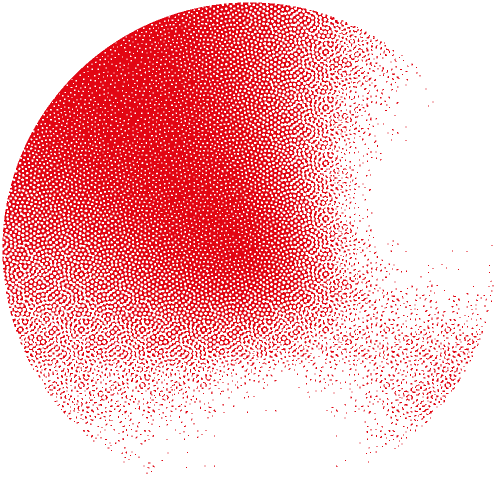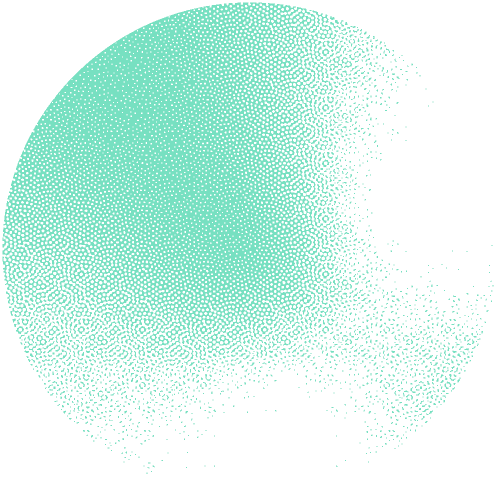

Inferring gene regulatory networks from high-throughput data with ISMARA



17 May 2018



For-profit: 0 CHF
This course is oversubscribed, but you can apply by clicking in the boutton below. Your name will then be place on the waiting list, and you will be contacted only if a there is a cancellation.
Overview
By modeling genome-wide gene expression and chromatin state data in terms of computationally predicted binding sites, Motif Activity Response Analysis (MARA) allows automatic inference of the key regulators, their targets, and their interactions from high-throughput data in any system. In recent years MARA has been completely automated into an integrated system (ISMARA) webserver that allows any researcher to upload their data and obtain comprehensive predictions of key regulatory network structure in their data. The ISMARA system is quite sophisticated and provides users a large number of interactive possibilities to explore predictions and to generate new analyses of the data and even many experienced users are only aware of a fraction of the possibilities that the system provides. We here propose to provide an in-depth interactive workshop of the ISMARA system.
Audience
This workshop should be of interest to any researcher that aims to make computational inferences about gene regulation from gene expression and chromatin state data, including purely experimental researchers. It will be of particular interest to computational biologists and bioinformatic researchers that regulatory analyze gene expression data in their work. No specific bioinformatic skills are prerequisites although a basic understanding of gene expression analysis and transcription factor binding site predictions will be helpful. Attendents are expected to be familiar with the molecular biology of gene regulation in higher eukaryotes.
Learning objectives
The attendants of the tutorial will learn how to use the system, what kind of data ISMARA is able to analyze, and obtain an in-depth exploration of all the analysis results that the system provides including:
- What are the key regulators, their activities, and the expression profiles of these regulators?
- What genes and pathways are targeted by each regulator?
- What is the core network of interactions between key regulators.
- What are the main regulators of a particular gene and how is this gene's expression affected by each regulator?
- Exploring embedded links to the String and SwissRegulon databases.
- How to average across replicate data and how to calculate contrasts between particular samples.
- How to download comprehensive predictions and potential post-processing of these results.
At the end of the tutorial the attendants should have the expertise to perform sophisticated regulatory network predictions from RNA-seq or ChIP-seq data using the ISMARA system.
Prerequisites
Knowledge / competencies
Knowledge of the molecular biology of gene regulation in higher eukaryotes.
Technical
Participants should bring their own laptops and, whenever possible, own data. Wireless connection will be needed for users to be able to interact with the system.
Application
This course is oversubscribed, but you can apply by clicking in the boutton below. Your name will then be place on the waiting list, and you will be contacted only if a there is a cancellation.
The registration fees for academics are 60 CHF and 300 CHF for for-profit companies. This includes course content material and coffee breaks.
Deadline for registrations and free-of-charge cancellation is set to May 21 2018. Cancellation after this date will not be reimbursed. Please note that participation to SIB courses is subject to our general conditions.
You will be informed by email of your registration confirmation.
Location
University of Basel, Biozentrum Annex, Klingelbergstrasse 61, Sky Lounge room (13th Floor).
Schedule
9:00 – 10:30 Introduction to Motif Activity Response Analysis. Transcription factor binding site predictions, processing of raw RNA-seq and ChIP-seq data, and the MARA model. Users that brought their own data can upload them to the webserver.
10:30 – 11:00 Coffee break
11:00 – 12:30 Using ISMARA: data types that are supported, and usage of the ISMARA client or direct upload. Overview of the basic results that ISMARA provides: Lists of key regulators, their activities, lists of target genes, and core networks.
12:30 – 13:30 Lunch break
13:30 – 15:00 Advanced interactive features of ISMARA. Exploring the regulation of particular target genes. Pathways targeting by particular regulators. Averaging across replicate samples. Calculating contrasts between subsets of samples.
15:00 – 15:30 Coffee break
15:30 – 17:00 Users explore results on their own datasets (or provided test datasets for users that did not bring their own data). Tutors provide guidance.
Additional information
Coordination: Patricia Palagi
We will recommend 0.25 ECTS credits for this course (given a passed exam at the end of the course).
You are welcome to register to the SIB courses mailing list to be informed of all future courses and workshops, as well as all important deadlines using the form here.
For more information, please contact training@sib.swiss.